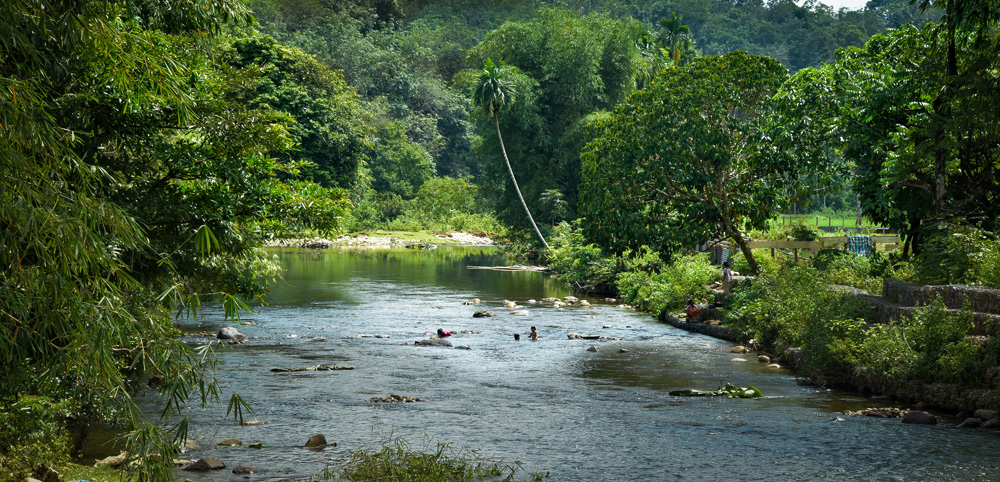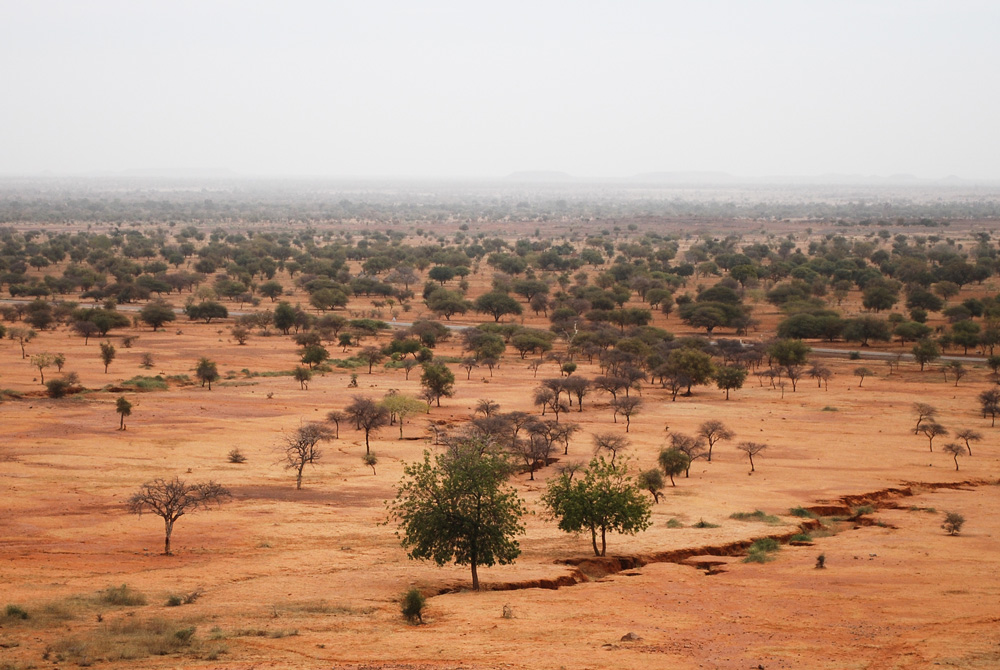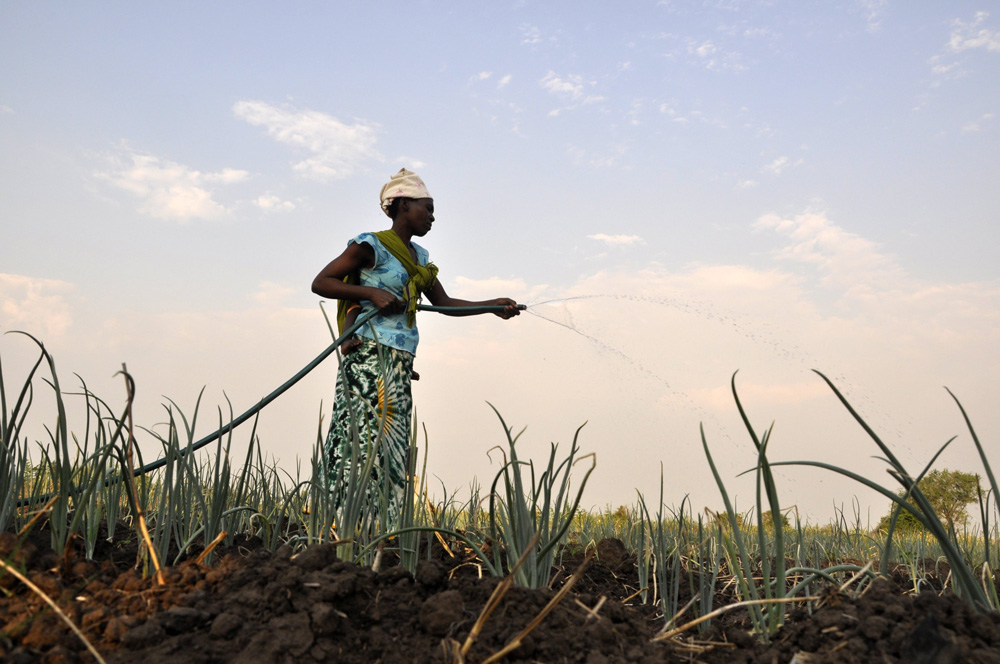Researchers from the Focali network have challenged the dominant paradigm in forest hydrology – that more trees equal less water – and their groundbreaking research has now lead to more grants. Four years ahead they will investigate how the use of trees can best address water scarcity in Sub-Saharan Africa.
In a world facing climate change and increased pressure on land and natural resources, water availability is one of the major challenges for a sustainable future. More than 700 billion people on the planet still lack access to safe drinking water and nearly half of them live in Sub-Saharan Africa. Water scarcity also poses challenges to agricultural production, and being the main source of income for the worlds rural poor, it pinpoints water availability as key for realizing livelihood opportunities.
Increasing groundwater recharge and what kind of land use promotes water availability the best has heckled scientists for years. The dominant paradigm in forest hydrology today is that increased tree cover in fact leads to reduced water yields, mainly due to water losses to the atmosphere in the form of higher evapotranspiration from trees compared to crops or grass. Meanwhile, large-scale tree-based restoration projects are being promoted in Africa and cause concern that these might jeopardize precious water resources.
Aida Bargués Tobella, a researcher at the Swedish University for Agricultural Sciences (SLU) and member of the Focali Research Network, challenged this dominant paradigm with the optimum tree cover theory in her recently defended doctoral thesis The Importance of tree cover for water resources in semiarid Africa. The optimum tree cover theory suggests that, in the seasonally dry tropics, groundwater recharge can actually be maximized at an intermediate, non-zero, tree cover. Trees have both negative and positive influences on groundwater recharge, such as increased evapotranspiration where water is lost to the atmosphere, and enhanced infiltration capacity where the water stays in the ground. The balance between these negative and positive influences will change under different levels of tree cover. “More trees can result in more groundwater recharge if the trees’ positive influences exceed the negative ones” said Aida when presenting the theory during the event ‘Rainfall recycling’ as a landscape function at the Global Landscape Forum in Bonn 2017.


